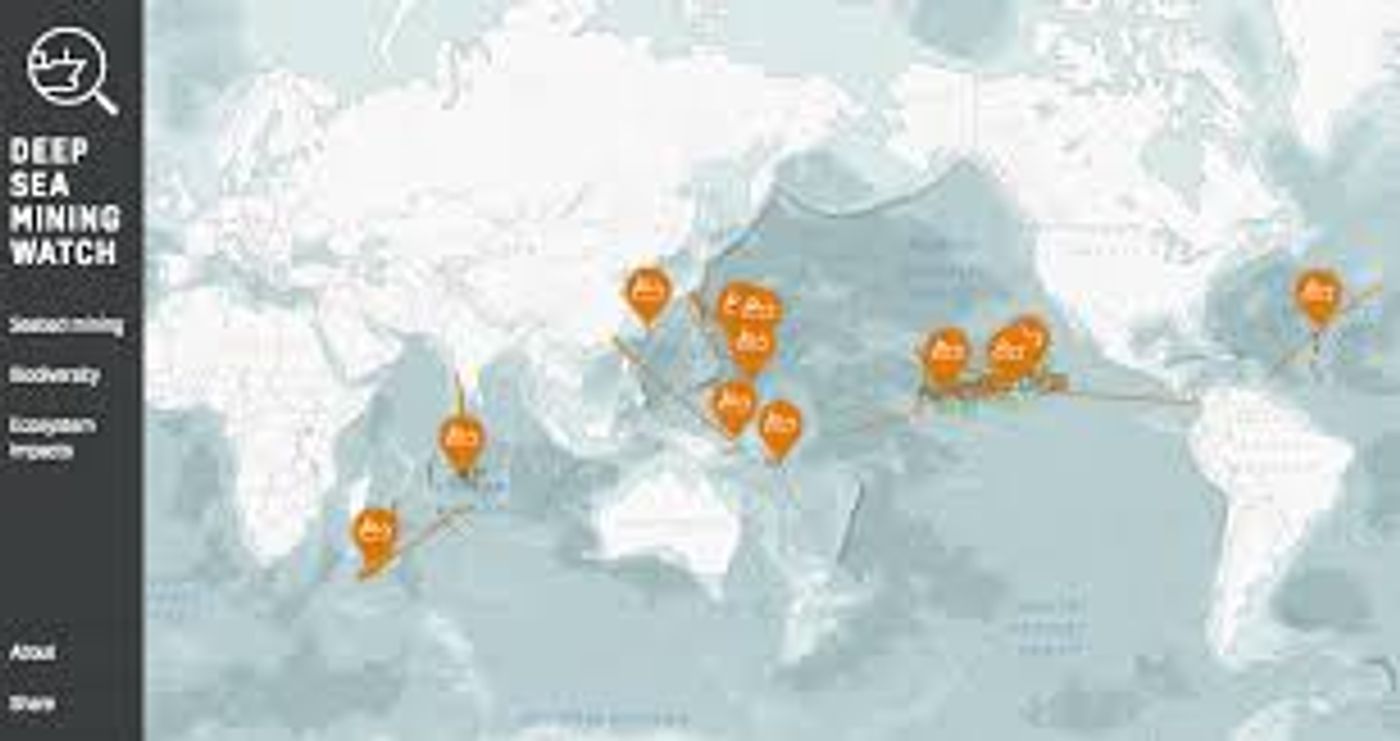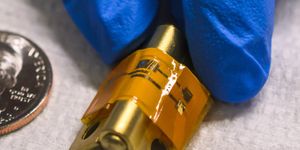The name is understandable enough: deep sea mining. Mining in the deep seas. Mining for minerals such as copper, gold, manganese, and nickel. But this technology is so new that little else is known about how it will actually affect deep sea environs. The first of its kind to propose this technology is a Canadian company called Nautilus Minerals. Nautilus is hoping to open the world’s first deep sea mine off the coast of Papua New Guinea in the Bismarck Sea in early 2018, a venture they call Solwara 1. Late last year, when Nautilus first unveiled the machinery it has developed to accomplish this feat,
CNBC described exactly what it entails:
“The auxiliary cutter begins the work by grinding down the seafloor to make it level enough for the second piece of equipment, the bulk cutter. That machine grinds the resulting slurry up fine enough for the collection machine to suck it up before it is sent to a ship on the surface. On the ship, the water is separated from the rock, particles larger than 8 microns are filtered out and the water is pumped back to the seafloor.”
Doesn’t sound ideal, especially with more than 1.5 million square kilometers (about 580,000 square miles) of the Pacific Ocean floor in addition to “vast areas” of the Atlantic and Indian Ocean already issued exploration licenses to companies, according to the
Deep Sea Mining Campaign, a project of the Washington, D.C.-based Ocean Foundation. Perhaps the most frightening aspect of this technology though is the potential secrecy of it - how is any ordinary citizen going to know what’s going on 800-6,000 meters below the sea, even if it is near their home?
Well, a team of marine scientists at the University of California Santa Barbara’s Benioff Ocean Initiative have developed a web-based tool,
Deep Sea Mining Watch, to solve exactly that dilemma. Deep Sea Mining Watch allows anyone to watch vessels engaged in deep sea mining activities from anywhere in the world with an interactive GPS-based mapping system.
“You wouldn’t miss it if a strip mine popped up in your neighborhood,” says Douglas McCauley, director of the Benioff Ocean Initiative. “The challenge with deep sea mining has been that it is starting in many of our ocean backyards — but nobody has been watching. This is too important to continue to be an out of sight, out of mind industry.”
There are numerous risks associated with deep sea mining, according to McCauley. “We are proposing driving 300 ton waterproof robotic bulldozers through ecosystems that are like undersea redwood forests,” he said. It has been estimated that some deep sea ecosystems could take centuries to recover from such large-scale disturbance, as many deep sea species grow slowly, live long lives, and are therefore quite fragile.
This is simply something we’ve never done in the oceans,” McCauley said, “we need to carefully observe what intended and unintended consequences it will bring and be ready to adapt our mining management plans based upon what we learn.”
Mongabay News reports that Deep Sea Mining Watch lets users zoom in on areas where vessels are prospecting in the Atlantic, Indian, and Pacific Oceans. UC Santa Barbara’s McCauley and his colleagues have already documented a Russian-flagged vessel sailing across the Pacific in search of minerals in five claims belonging to the Polynesian kingdom of Tonga, as well as a ship exploring one of China’s claims east of the Mariana Trench.
In addition to the direct damage done to marine ecosystems when the ocean floor is ground into gravel and silt before being sucked up to mining vessels on the surface, deep sea mining can have other serious effects, according to the Deep Sea Mining Watch team. It can produce large sediment plumes that smother sea life, for instance, and it generates noise pollution that harms marine mammals like whales and dolphins. On top of that, it may also disrupt the ability of the deep sea to store carbon that would otherwise be in Earth’s atmosphere contributing to climate change.
No matter what the future of deep sea mining may be, McCauley and the team are clear that it is imperative that we ]first study the biology of habitats being proposed for mining, and we should do so before any more seabed mining claims are issued. “We need to be doing our biodiversity surveys in front of these underwater bulldozers, not behind them,” McCauley said.
Additionally, the team says we should stop granting new claims until marine protected areas informed by the best science available have been established in every mining region. An organization called the International Seabed Authority is in charge of both mining claims and protected areas on the high seas — ocean areas outside of any national jurisdiction, where biodiversity and minerals are considered common heritage global resources — but protected areas have not yet been established in many regions with ocean mining claims.
Sources:
Mongabay News,
Deep Sea Mining Watch,
Mining Watch









